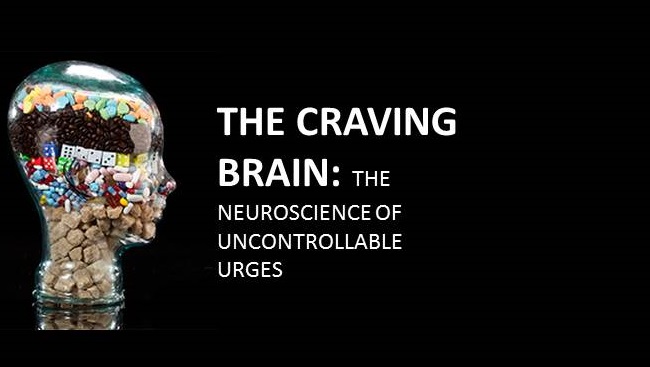Pathological Gambling Reward System

- Pathological Gambling Reward System Template
- Pathological Gambling Reward System Examples
- Pathological Gambling Reward System Chart
Pathological Gambling Reward System Template
Researchers have for the first time found that the neurotransmitter dopamine is central to the human brain network governing motivation and a sense of reward and pleasure—and that it changes with age. The finding could provide clues to healthy, happy aging and pave the way to new treatments for neurological disorders, including Parkinson's disease and schizophrenia as well as addictive behaviors from alcoholism and drug abuse to compulsive gambling.
The U.S. National Institute of Mental Health (NIMH) team used two imaging methods, positron emission tomography (PET) and functional magnetic resonance imaging (fMRI), to examine the normal human brain reward circuit, a complex neurochemical network that centers around a path from the ventral tegmental area in the midbrain (where dopamine is synthesized) to the nucleus accumbens in the forebrain (where it is released). Comparing brain activity in volunteers playing video slot machines, the researchers identified processes involved both in anticipating a reward and actually getting one—and discerned age-dependent changes in those processes.
Wolfram Schultz, a neuroscientist at the University of Cambridge in England, says the researchers 'have tried to push the frontier' by combining two imaging techniques: fMRI, which measures time course, and the PET study, which measures dopamine synthesis rate. 'This is a very smart combination,' he says.
The study, published today in the Proceedings of the National Academy of Sciences USA, compared brain activity in 20 younger subjects (mean age 25) with that in 13 older ones (mean age 66), all in good health. 'This is building a foundation upon which we can search for interventions when aging is not so successful or when this reward system is abnormal,' says senior study author Karen Berman, chief of the integrative neuroimaging at NIMH's Clinical Brain Disorders Branch. Bruce Jenkins, director of neurochemical imaging at the Martinos Center for Biomedical Imaging at Massachusetts General Hospital in Boston, praised the study, although he noted the small number of subjects. The next step, he said, should be to investigate the mechanism underlying the age-related changes.
On tap: similar studies of people whose aging has not been successful or who suffer from dopamine-related states such as Parkinson's, depression and addictions. Berman says she and her NIMH colleagues have already launched such a study of schizophrenia, a disorder characterized both by hallucinations and loss of motivation. The malady has long been known to involve dopamine circuits.

Pathological Gambling Reward System Examples



Pathological Gambling Reward System Chart
Dysfunction of this system is involved in a variety of disorders, including schizophrenia, Parkinson's disease, pathological gambling, and drug addiction. Although there are clear individual genetic differences regarding susceptibility to and manifestation of these neuropsychopathologies, the influence of genetic predispositions and variations. Evolutionary mismatch, neural reward circuits, and pathological gambling Article Literature Review (PDF Available) in International Journal of Neuroscience 113(4):503-12 May 2003 with 195 Reads.